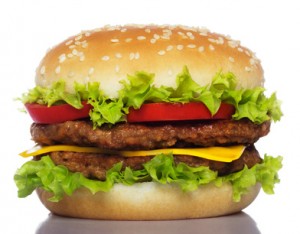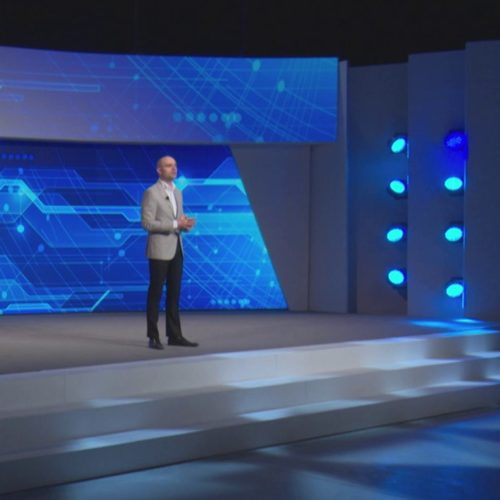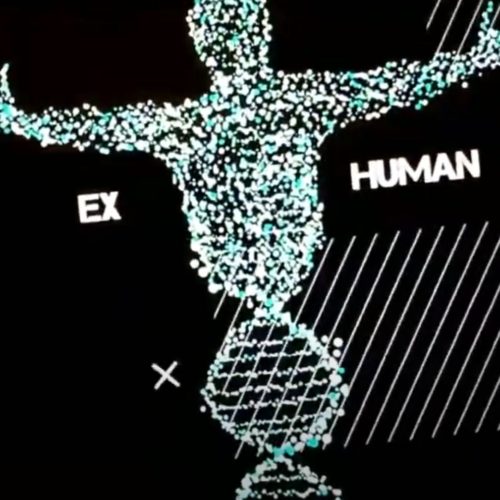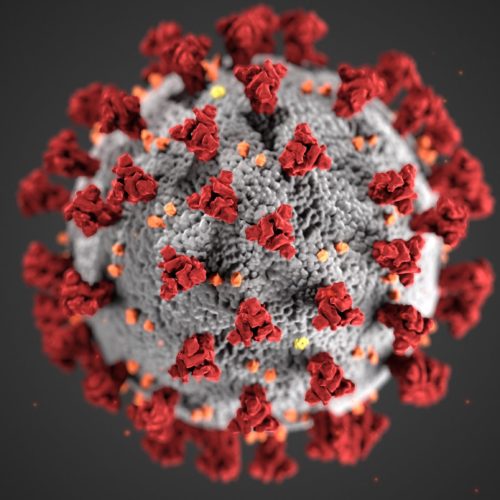Is In Vitro The Future of Meat?
 We could soon be about to taste a different kind of meat – one produced without the need to butcher animals. For many years now, scientists all over the world have been trying to make meat in laboratories without animal slaughter. This meat, called “in vitro,” would be formed from animal stem cells, which would be put into a test tube environment that would allow them to grow and reproduce. The result would be a “meat” substance that would be indistinguishable from real animal flesh, and would be suitable for cooking and eating.
We could soon be about to taste a different kind of meat – one produced without the need to butcher animals. For many years now, scientists all over the world have been trying to make meat in laboratories without animal slaughter. This meat, called “in vitro,” would be formed from animal stem cells, which would be put into a test tube environment that would allow them to grow and reproduce. The result would be a “meat” substance that would be indistinguishable from real animal flesh, and would be suitable for cooking and eating.
This concept is becoming more of a possibility, and is gaining popularity. In the year 2000, NASA was the first to actually put funding behind manufacturing meat in a laboratory through “scientific tissue engineering.” More recently, animal rights campaigners – People for the Ethical Treatment of Animals (PETA), announced that it would offer a $1 million prize to the first company or individual that could produce “in-vitro” chicken meat and to sell it to a member of the public by the end of June 2012. Then, entrants must “manufacture the approved product in large enough quantities to be sold commercially, and successfully sell it at a competitive price in at least 10 states.”
World’s first test tube burger
Once it might have sounded far-fetched, but there are now people actively turning the concept of in vitro meat into reality. One such person is Dr. Mark Post from Maastricht University in Holland. In February this year, Post announced at the annual American Association for the Advancement of Science (AAAS) meeting that he would have the world’s first “test tube hamburger” ready for consumption by this coming October. Post’s goal is to be reached through experiments involving horse foetal serum and pig cells. This mixture will then produce muscle-like strips of “meat.”
Post’s creation will be served up by celebrity chef, Heston Blumenthal, and will cost a cool £220,000. The Michelin-starred chef will cook the “burger” from cow’s cells grown in a laboratory. Dr. Post hopes that, if the burger is successful, he will then be able to create the meat on industrial scale.
Taste-testing the burger will be a milestone; current regulations prohibit human consumption of lab-grown tissue that has been fed on calf foetal serum. This is due to a risk – albeit a low one – that the muscle cells may contain harmful contaminants.
Meat without animal exploitation?
Is lab-grown meat ethically wrong? The subject has created a fierce debate between animal rights groups and their opponents. For animal rights groups, although PETA’s Alistair Currie personally doesn’t fancy eating in vitro meat, he says “if other people do that’s fine. PETA has no objection to the eating of meat. PETA objects to the killing of animals and their exploitation.” However, Post’s test tube burger shines light on the problem that the lab-grown meat (pig cells) have been fed on animal products (horse foetal serum), which defeats the main purpose of the meat’s existence – meat without the slaughter. This is one reason why the substance won’t be winning PETA’s $1 million prize. However, in response to this problem, Professor Post is also working on producing a type of photosynthetic algae, which can then be used to feed the cells in replacement of the horse foetal serum. However, this is sure to raise the moral debate between what is natural and what is unnatural, and how much humans should interfere with nature.
Animal meat is bad for the environment
Dr. Post’s project is a result from a growing necessity. According to him “meat consumption is set to double by 2050” and “70% of the world’s land [would therefore be] used for meat production.” Meat also uses up an astonishing amount of water – estimates vary from 15,500 to 100,000 litres required to create just one kilogram of beef. (Newsweek once wrote that “the water that goes into a 1,000 pound steer would float a destroyer.”) Therefore, as meat consumption goes substantially up water consumption will explode.
In addition to this, producing meat from animals is bad for carbon emissions. According to Post, animals are also not very efficient in terms of producing meat. A pig, for example, could produce 15 kg of meat. But to get those 15 kg, you’d need to feed the animal 100 kg of food, which in turn requires water. Post claims that making in vitro meat from cells would use up 80% less energy.
Could a “synthetic burger and fries” happy-meal at McDonalds eliminate animal slaughter and save the world at the same time?!…
About the Author:
Michelle A. Janeson is a freelance writer from London who’s obsessed with science and new technology which contrasts with her most recent work marketing a motorhome insurance business in London.








